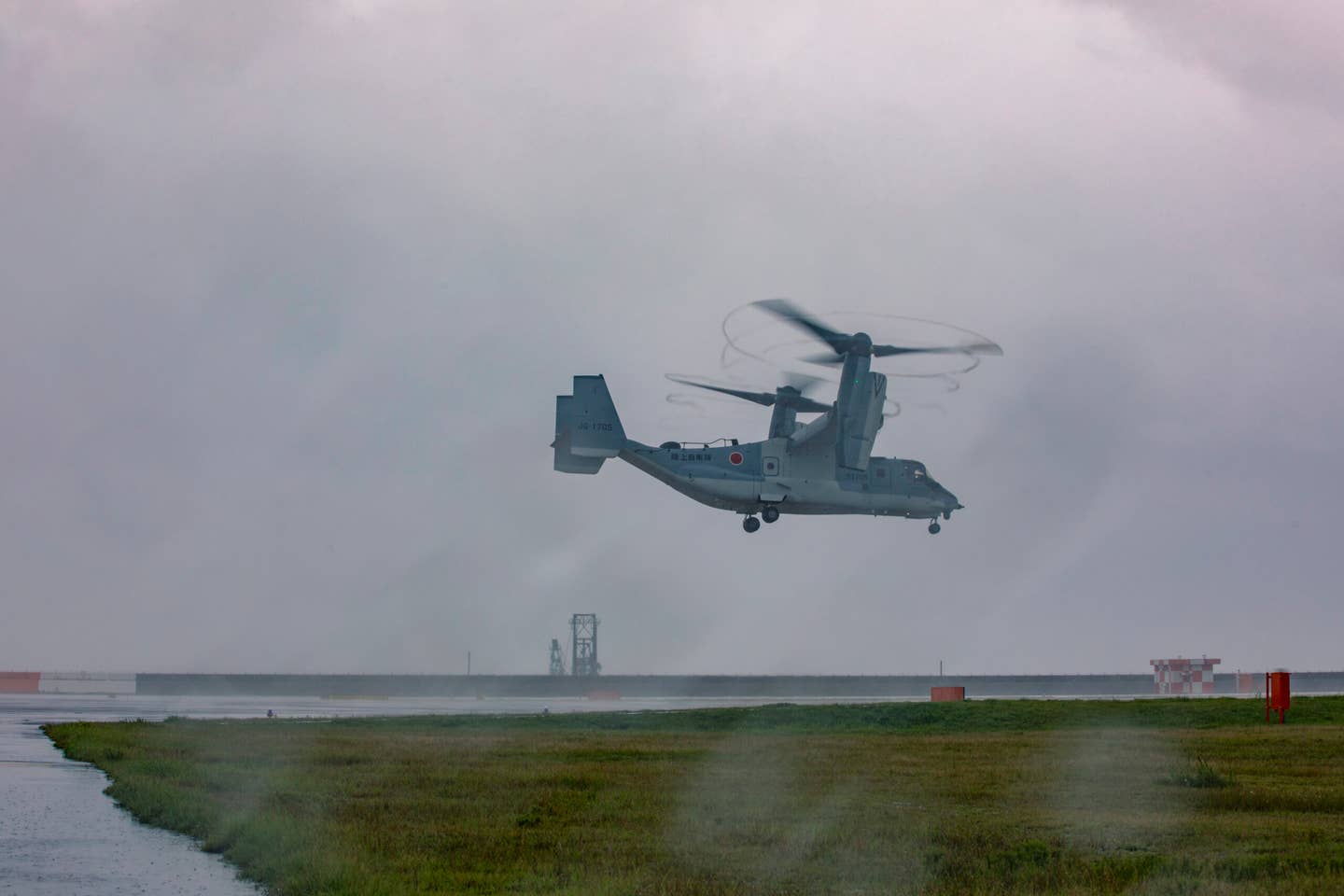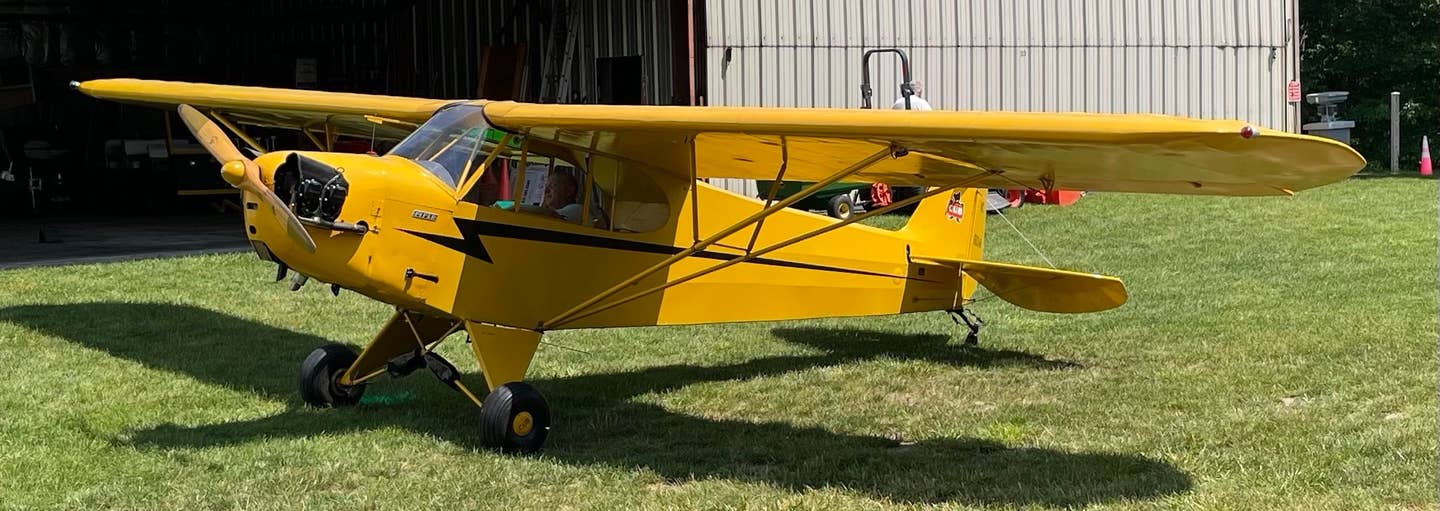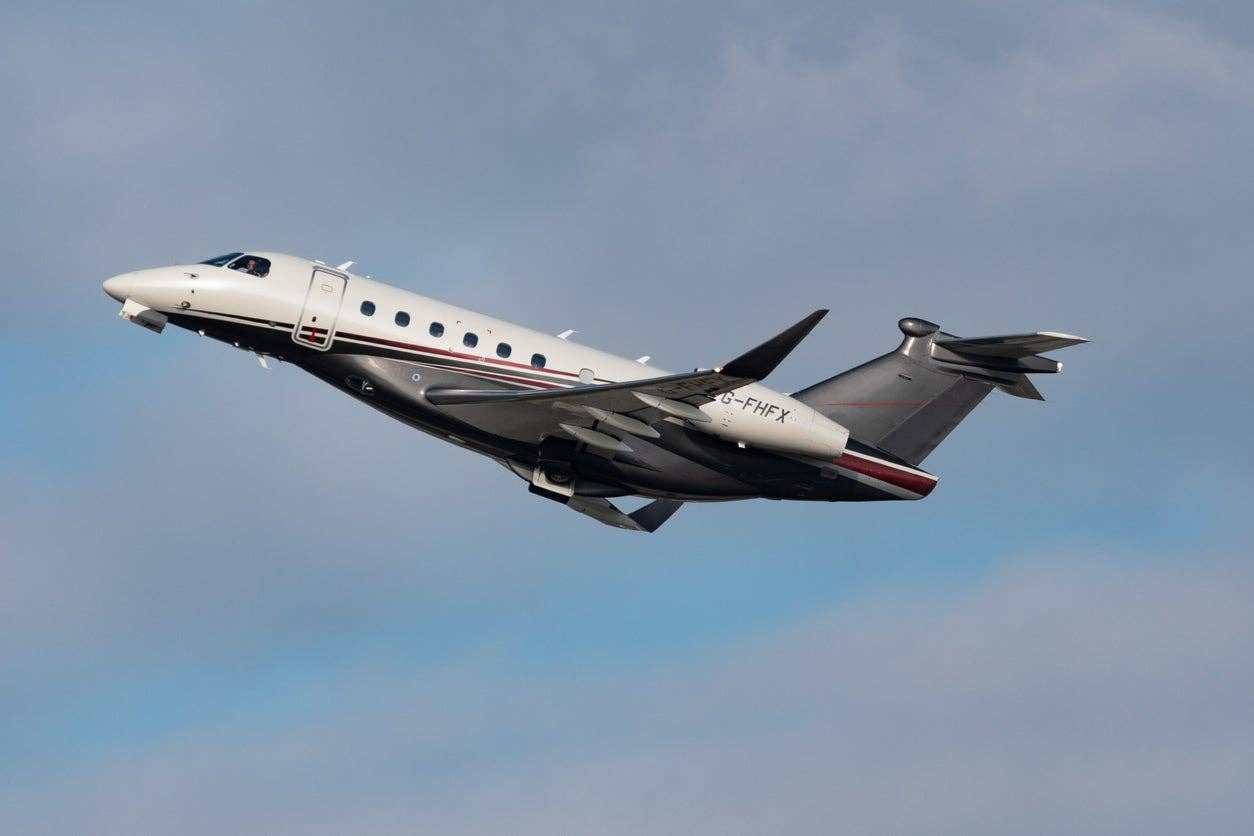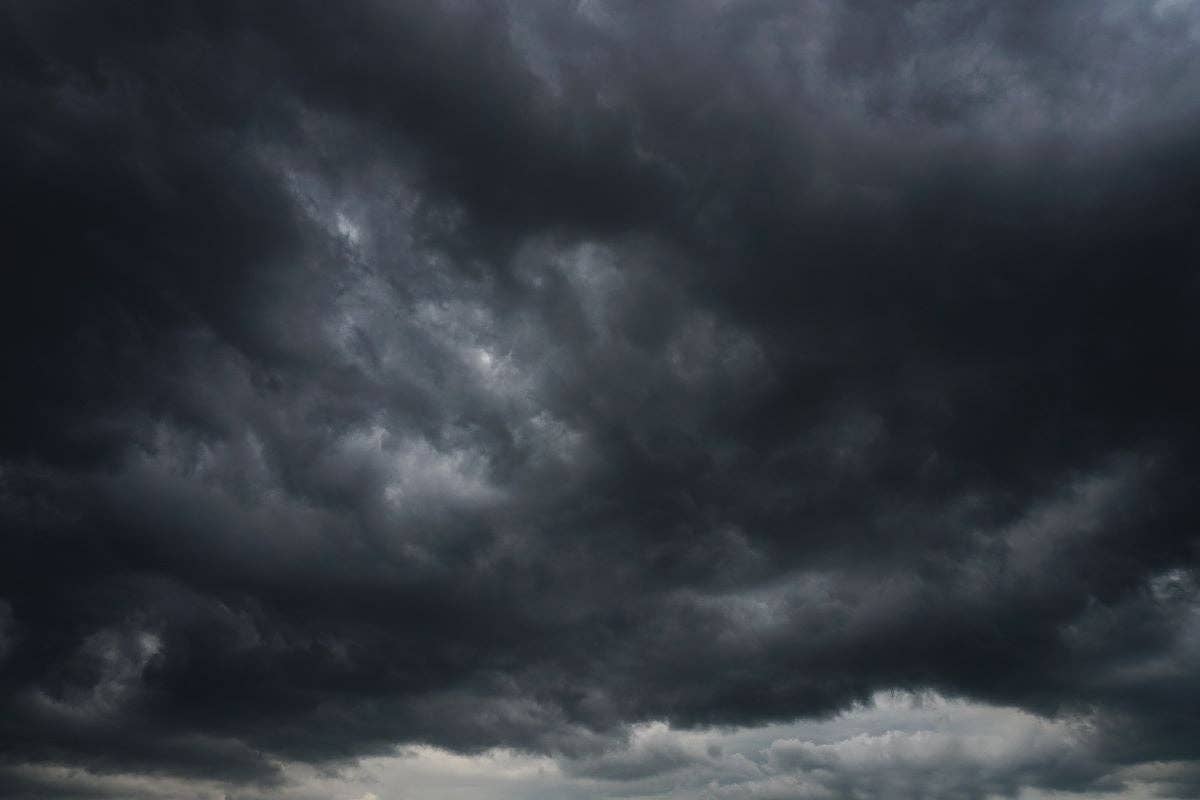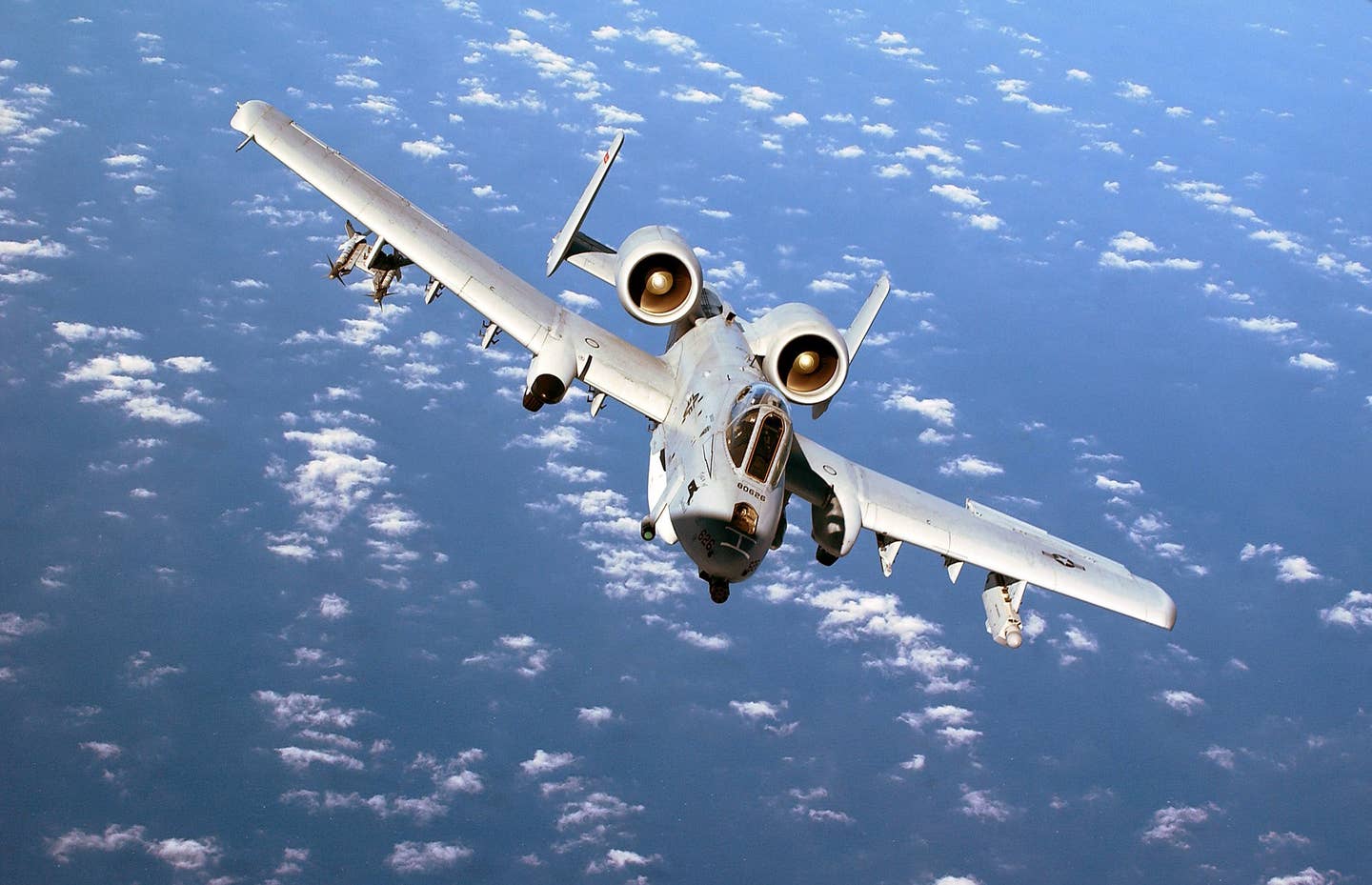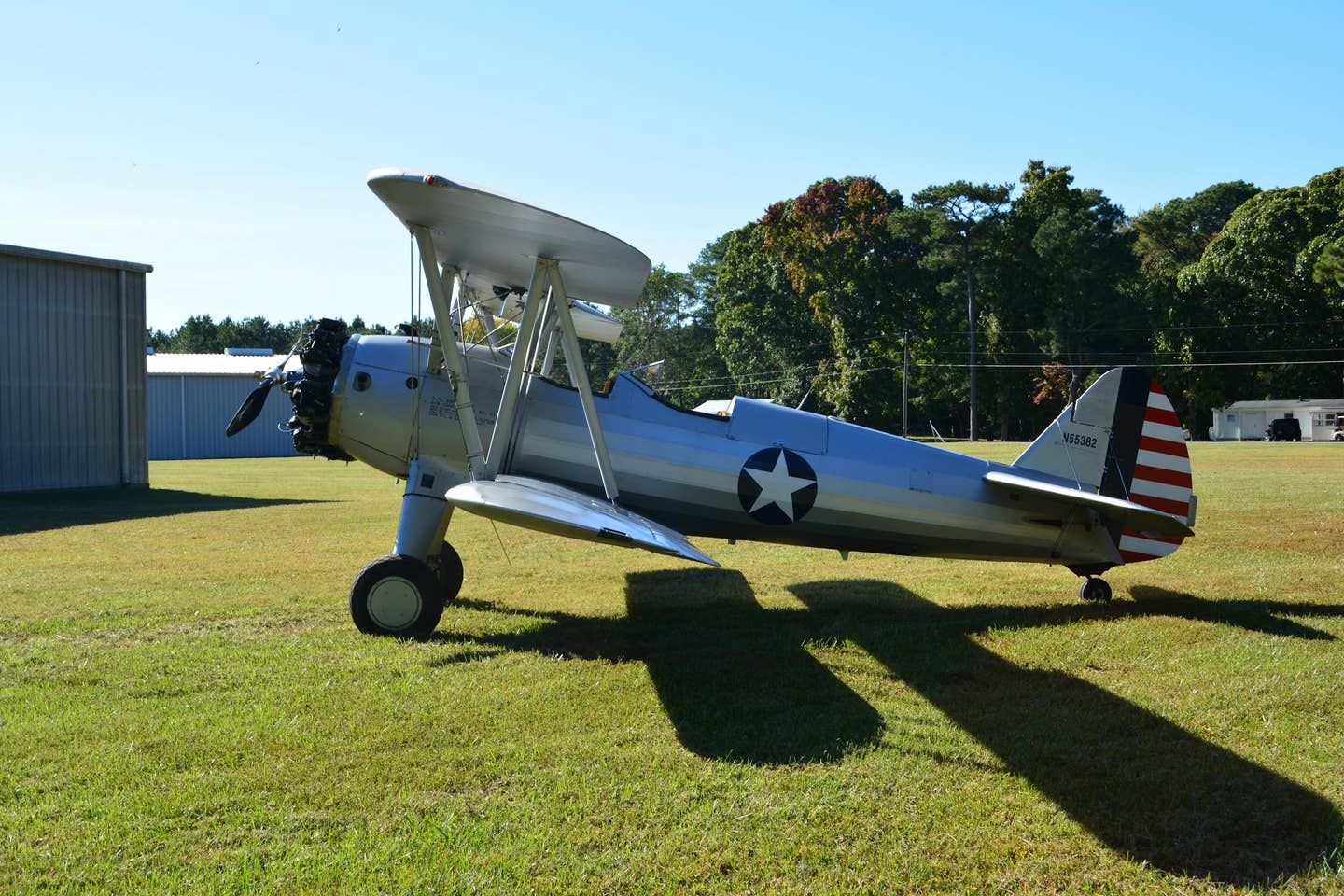
Running an old car tire through the tail tiedown rope will help prevent damage to your aircraft in the tail drops. Mark Phelps
Where I lived in Wisconsin, no one considered storing an airplane outside. But here in New Jersey, we sum up the expected wear and tear on paint and compare it to the cost to keep an airplane under wraps. So, for a lot of us, it means keeping our pride and joy out in the cold. There are some precautions that can minimize the bad effects of outside storage, even during the worst winter weather.
Of course, protective covers are one of the staples. My most recent order from Bruce's Custom Covers (they seem to last about five or six years between replacements) included protective sleeves for my V-tail Bonanza's sensitive butterfly ruddervators. I explored the idea of wing covers, but decided against them. For early morning departures when frost is a concern, I can usually prevail on my home FBO for overnight hangar storage. On other days, I just make sure to scrape all the frost from the wings before I go fly. And for me, I need to be sure to drain my ailerons after a rain, before the mercury drops and the water inside freezes. I've never heard of an incident involving flutter caused by ice-imbalanced ailerons, but I'd just as soon not take that chance.
Most pilots in northern latitudes have seen airplanes sitting on their tails when snow piles up on the back end. The first time that happened to my Bonanza, it cracked the fiberglass tailcone, which needed to be repaired. My main mechanic Donny Krog also owns an old Bonanza and he suggested a simple fix. I now run my tail tiedown rope through an old car tire, so if the tail drops, it enjoys a relatively soft landing.
When the financial gods see fit, I will find hangar space after I finally get my airplane painted (which is about third in line on the wish list these days), but until then, I will continue to cringe when I see it covered in snow.
At least I can count on the exercise I get from shoveling.
Call to action: If you have any tips of your own you'd like to share, or have any questions about flying technique you'd like answered, send me a note at enewsletter@flyingmagazine.com. We'd love to hear from you.

Sign-up for newsletters & special offers!
Get the latest FLYING stories & special offers delivered directly to your inbox

